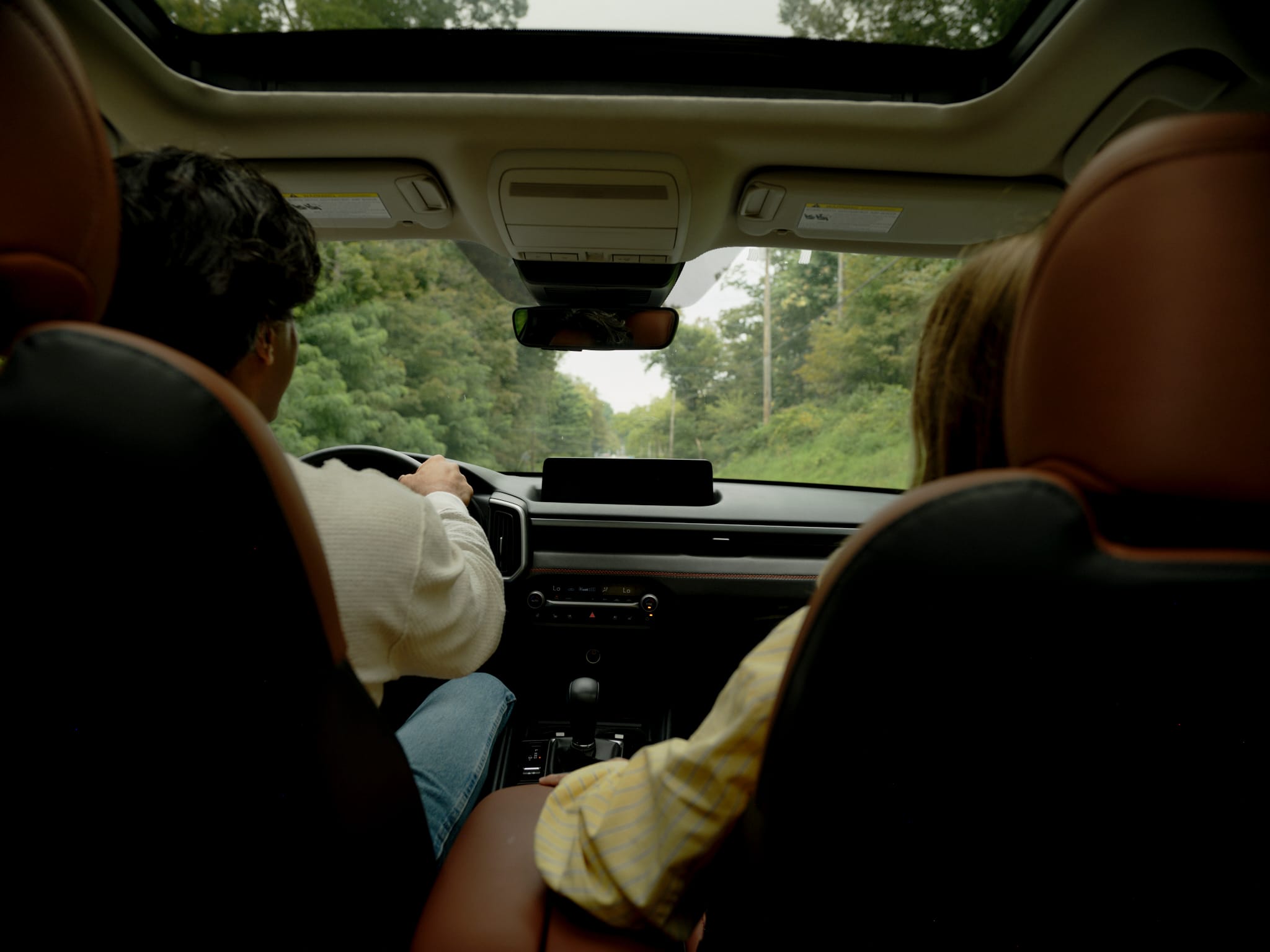Spooky, Haunting, and Chilling Destinations Across America
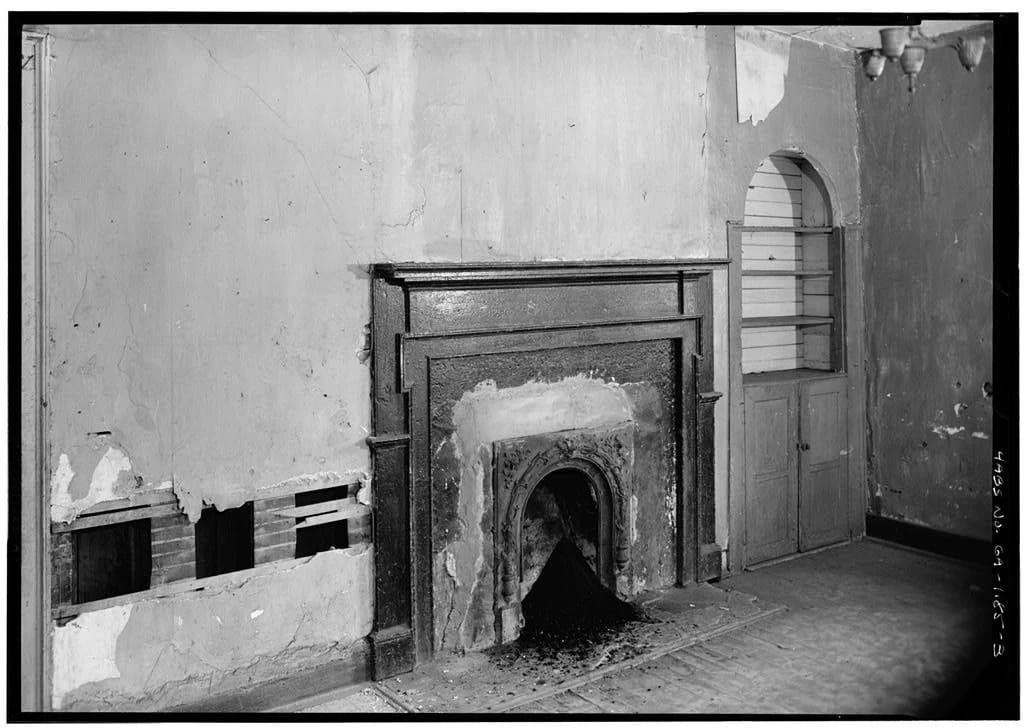
Hampton Lillibridge House | HISTORIC AMERICAN BUILDINGS SURVEY (LIBRARY OF CONGRESS)
FROM JOSHUA TREE TO THE COLORADO ROCKIES, AMERICA IS FULL OF FRIGHTS AND THRILLS.
The underbelly of America, where the macabre lives and breathes, can make your skin crawl. Ghost tales and whispers of monsters–not quite seen, but heard–make teeth clatter and bodies tremble. Writers spin classic stories of horror: really, windows into humanity's soul. As we sit deep in Spooky Season, take in Wildsam's list of some of the most chilling destinations in America. If you're reading this in the dark, take care to lock your doors and turn on a nightlight.
Savannah: Failed Exorcism
Savannah has a reputation as one of the most haunted cities in America, and the Hampton Lillibridge House might be its most famously spooky quarters. Eccentric preservationist Jim Williams (of Midnight in the Garden of Good and Evil fame) bought the home built in 1796 and relocated it from 310 East Bryan to 507 East Saint Julian in 1963. Various residents, workers and guests have reported hearing footsteps, whispers, laughing and moans as well as strange sightings of a man in a tuxedo and top hat. On December 7, 1963, the Right Reverend Albert Rhett Stuart of the Episcopal Diocese of Georgia performed a 45-minute exorcism upon the house, at Williams’ behest. Spooky noises paused for 12 days, then resumed and persisted. Reverend Stuart was later recalled as saying, “That ghost isn’t a good Episcopalian because I gave it my best shot.”
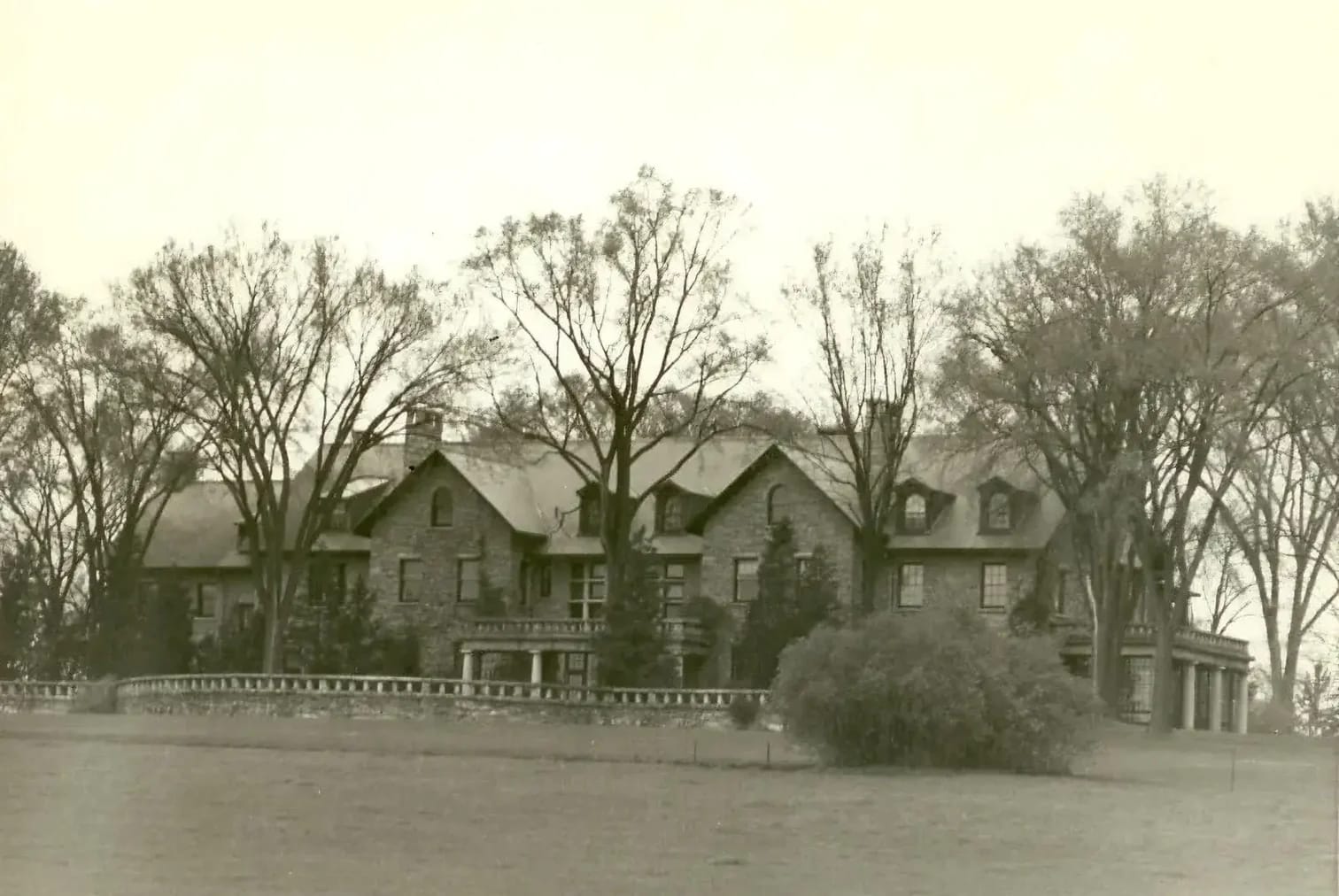
Vermont: Shirley Jackson’s Muse
“It isn’t fair, it isn’t right,” Mrs. Hutchinson screamed, “and then they were upon her.” Those are the haunting last words from Shirley Jackson’s famed short story, “The Lottery”, which sees a town bound together through a seemingly innocent annual tradition–ends in cold-blooded (and collective) murder. Jackson lived in North Bennington from 1945, when she arrived with her husband, who was teaching at nearby Bennington College, until her death in 1965. She wrote the story in 1948, placing North Bennington’s Lincoln Square–formed at the cross of Sage, Prospect, Nash and Main streets–at its heart. After it was published in the New Yorker, the magazine fielded a torrent of letters and subscription cancellations. In response to the criticism, Jackson said, “I hoped by setting a particularly brutal ancient rite in the present and in my own village to shock the story’s readers with a graphic dramatization of the pointless violence and general inhumanity in their own lives.” Jackson’s vintage work of horror The Haunting of Hill House also has neighborhood ties: It’s rumored that the monstrous gothic house was inspired by Bennington College’s Jennings Music Building (once Jennings Mansion). Others believe Jackson modeled it after another town locale, the Everett Mansion on the campus of the now-defunct Southern Vermont College.
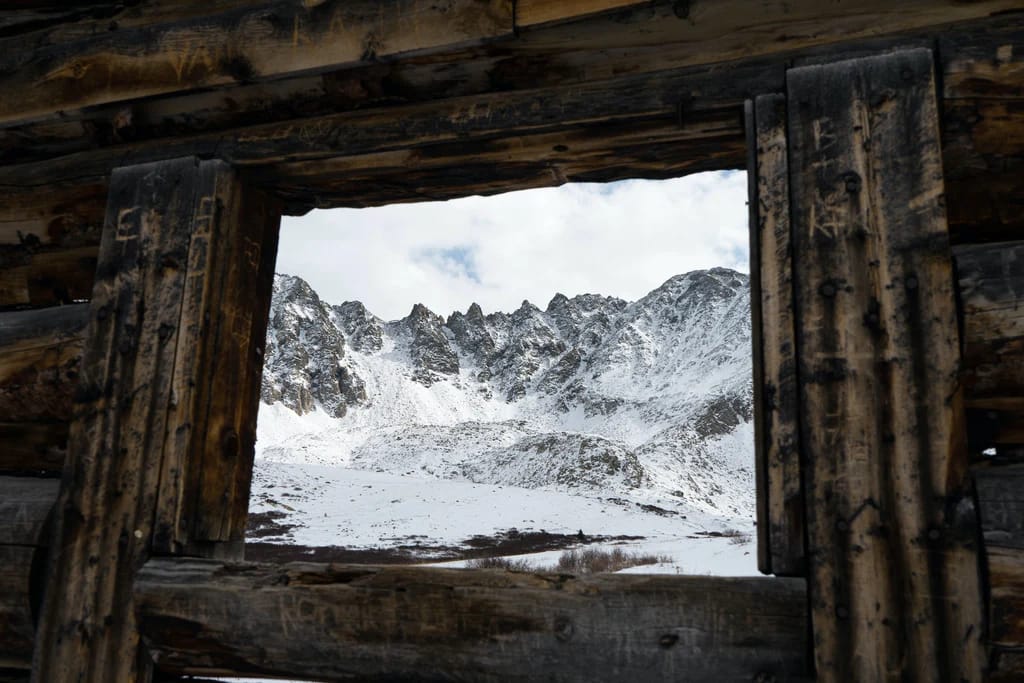
Colorado Rockies: A Ghost Town
A 3-mile hike past old mining cabins and the former Boston mining camp leads to Mayflower Gulch, near Copper Mountain. A stunning cirque of jagged peaks, some nearing 14,000 feet, rise up from the sparse remains of the town.

The Moon: Wolfman’s Maker
When it comes to all things supernatural everyone knows the moon controls more than the tides. When Universal Pictures sought to add a werewolf to its stable of highly successful, horror film franchises of the 1930s–see Dracula, Frankenstein, The Mummy, et al.–studio heads turned to screenwriter Curt Siodmak to craft the character from some 2,400 years’ worth of lycanthropy myth. Siodmak’s protagonist, an American who turns werewolf while visiting his ancestral home in Wales, was a new kind of movie monster: a brutal killer by night, while by day he suffered terrible guilt, fear he’d be killed himself, and a growing dread of his moonlit transformations. He also happened to be a whole new kind of werewolf. The tie to the lunar cycle, along with the prescriptive silver bullet–both staples of modern werewolf lore–were products not of Siodmak’s extensive research but of his imagination. He simply invented them. “It has been attributed to ‘Gypsy folklore,’” Siodmak wrote in his autobiography, Wolf Man’s Maker. “I made it up. That's how folk history is made.”

Philadelphia: Grip the Raven
Now taxidermied and mounted in the Free Library of Philadelphia, Charles Dickens’ one-time pet played a role in his 1841 serial novel Barnaby Rudge. When Edgar Allan Poe reviewed the book, he suggested the bird could have been “prophetically heard” in the story. Soon after, Poe published–you guessed it–“The Raven.”
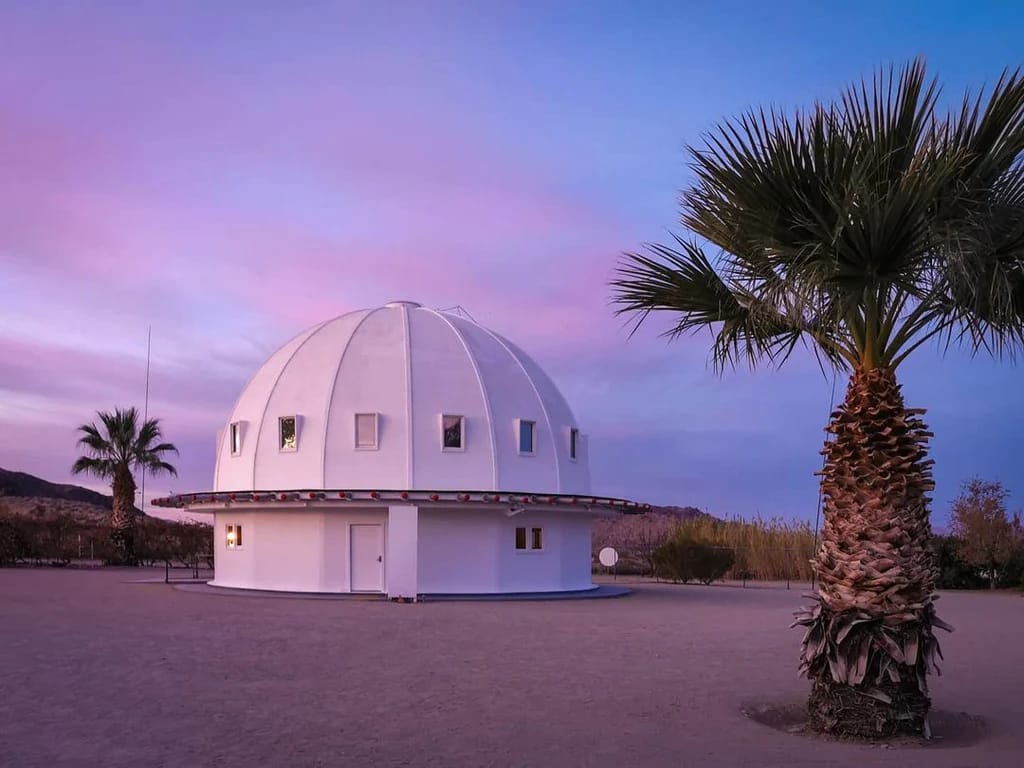
Integratron: Connect to the Cosmos
In 1947, aerospace professional George Van Tassel took over the area around a huge boulder known as Giant Rock, where he operated a cafe and began regular meditations. Van Tassel went on to publish I Rode a Flying Saucer, claiming Venusian contact–“The authorities, who know what these visiting ships are, have chosen to keep the public in confusion and ignorance”–and to launch a long series of Giant Rock Interplanetary Spaceship Conventions. In 1954, he started building the Integratron: a 16-sided dome structure near Giant Rock, with proposed antiaging, life-extension, antigravitational time-travel uses. When Van Tassel died in 1978 (epitaph: “Birth by Induction, Death by Short Circuit”), the Integratron remained unfinished. After a period of decline, the three Karl sisters bought and reopened the Integratron in 2000, offering “sound bath” experiences. Today, Giant Rock and the Integratron attract as many as 30,000 visitors annually.

Maine: Boon Island Light
The grim happenings at Maine’s tallest lighthouse, 6 miles off the genteel tourist town of York, began in 1710, when 10 rescued seamen admitted to eating a dead shipmate after three weeks marooned. But the ghost who haunts the place isn’t the munched-upon mariner–it’s Kathleen Bright, who married keeper Lucas Bright in the 1840s. Their first winter on the rock, Lucas either fell ill or drowned, depending who’s telling the tale. Kathleen mournfully tended the light before falling victim to grief, hunger and exhaustion. When local fishermen checked in, they found her hypothermic and half-mad, clutching her husband’s desiccated corpse. Bright died on the mainland, but her ghost still hangs around Boon Island Light, wailing during storms and slamming doors. Glimpse the haunted beacon from York’s Sohier Park– where locals also report a phantom ship that sails behind the Nubble Light, another lighthouse, just offshore.
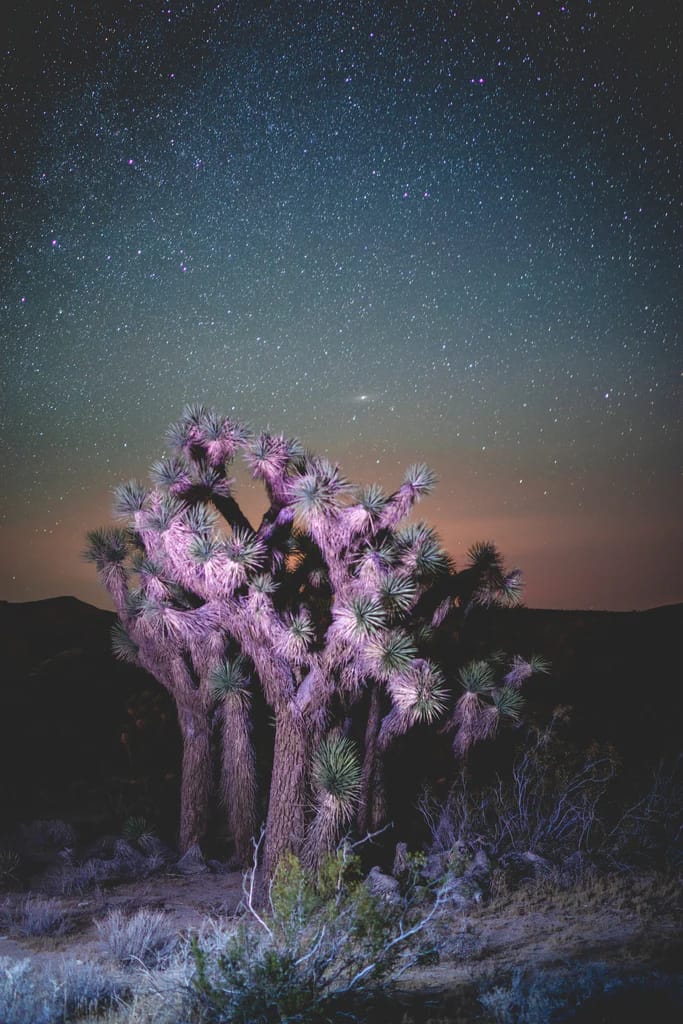
Joshua Tree: Yucca Man
In recent decades, the tales have accumulated: Hikers and campers in Joshua Tree describe a mysterious presence. Strange growls, a lurking beast in the shadows. And Marines on the base in Twentynine Palms report experiences with a strange, hulking creature, though sometimes these are simply cases of new-recruit hazing. The Sasquatch of the California desert is known as “Yucca Man”—a tall, hairy, smelly creature. Yucca Man or no, stories that remind desert dwellers to be vigilant serve a purpose–even if the real beast is the unforgiving desert itself.
Read more like this





